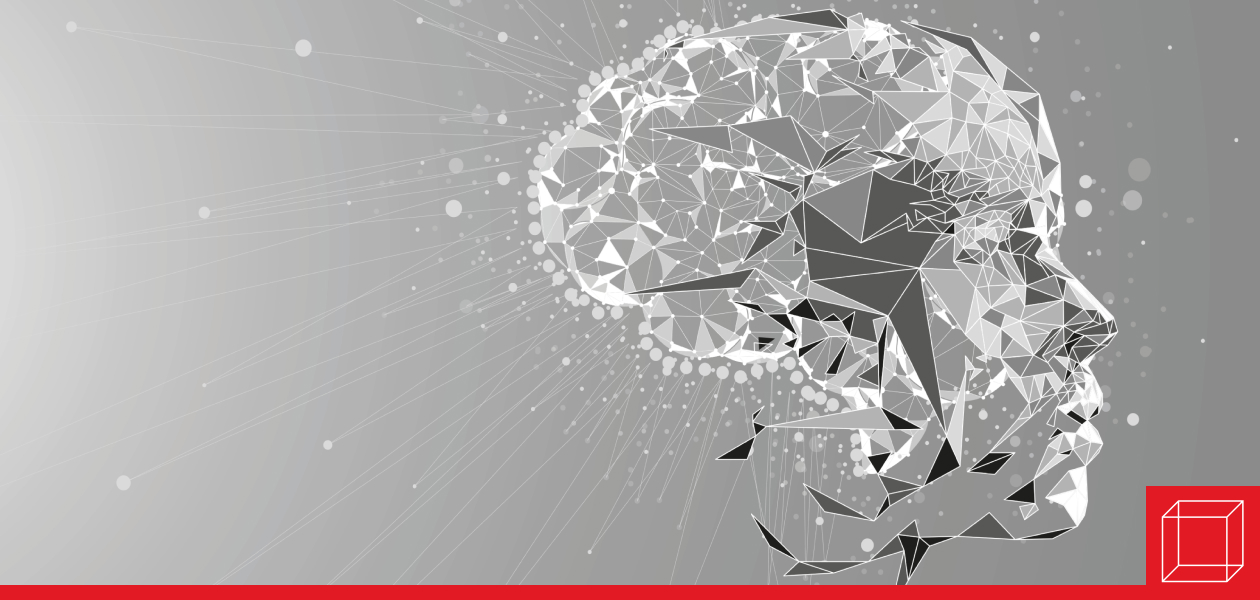Agentic AI and Digital Labor: The Future of Work?
Agentic AI, or AI that can plan and act on its own, is reshaping work. Learn how digital labor is being used and what it means for your career.

By now, you have likely heard of the terms “Agentic AI” or “AI Agent”. These concepts refer to AI systems that can operate with substantial autonomy, meaning that the technology can plan, make decisions, and even take specific actions to achieve goals with little to no human intervention.
Similarly, “digital labor” refers to work performed by digital technologies, such as machines/robots, and, more recently, AI agents. As if that wasn’t enough to consider, the term “digital worker” represents an actual entity, an advanced software or AI application that mimics human capabilities, existing within the digital labor environment.
What may not be quite as apparent is the movement companies are making, often rapidly and stealthily, toward incorporating digital labor and workers into their businesses. This post will explore some recent examples of the transition to digital labor and pose some ideas for consideration regarding the implications for how we may eventually work and operate due to these trends.
Walmart’s Digital Labor Shift
Walmart has recently launched a new companywide AI framework for incorporating digital labor. This technological agenda is centered around what the organization calls “super agents” to support its overall business and customer touchpoints. In this new world of digital labor at one of the world’s largest retailers, think of super agents as the bosses and subagents as the mid-level managers.
Nano agents are the equivalent of lower-level workers, carrying out small, purposeful tasks. What is the goal of all this digital transformation of labor? According to Walmart’s chief technology officer, Suresh Kumar, Walmart aims to increase internal efficiency in its operations. The company mentioned it is attempting to achieve 3-hour delivery of products to customers by the end of 2025, possibly to better compete with Amazon Prime delivery.
Banking/Finance and Digital Labor
Another example of digital labor comes from Bank of New York Mellon. BNY Mellon has already deployed dozens of AI-powered digital workers into its workforce. These agents have company logins, report to human managers, and autonomously handle tasks like coding and payment validation.
According to the bank’s CIO, Leigh-Ann Russell, these digital workers will soon have their own email access and regularly use tools like Microsoft Teams, underscoring the rapid and growing adoption of such digital-driven roles in financial services.
If all of this seems concerning, then you’re in good company. In a Senate hearing committee meeting, Jerome Powell, US Federal Reserve Chair, said AI has immense potential to change our economy dramatically. Still, there is also a lot of uncertainty around the timing of such a work disruption due to digital labor.
The technology is already creating new approaches and ways of doing business, but to what extent that will change how humans work is not yet fully defined. Snowflake, the popular cloud services firm, produced a whitepaper that encourages employees to be trained to collaborate properly with digital labor systems and also emphasizes the presence of human managers and cross-functional teams for AI agents/digital workers…more on this in a future post.
In summary, nobody knows precisely what the future of digital labor will look like, but it is evident that this technology is advancing quickly. Regardless of the outcome, it is better to be on the front end of the trend than to be left behind. Embracing new learning and modes of working alongside digital labor will likely be one of the most in-demand skills of the future.
Reflection Questions:
- What other examples have you observed or heard about companies utilizing digital labor/workers?
- How will you approach education and occupational pursuits, knowing digital labor is real and already being deployed into organizations?
- What tangible steps can you take today to make yourself a more valuable employee?
Bousquette, I. (2025, June 30). Digital workers have arrived in banking. The Wall Street Journal. https://www.wsj.com/articles/digital-workers-have-arrived-in-banking-bf62be49
James, D. (2025, July 25). Walmart bets big on AI with ‘super agent’ strategy. Retail Dive. https://www.retaildive.com/news/walmart-artificial-intelligence-ai-super-agents-retail-associates/753996/
Lee, L. (2025, June 27). What is digital labor? Salesforce US. https://www.salesforce.com/agentforce/digital-labor/



